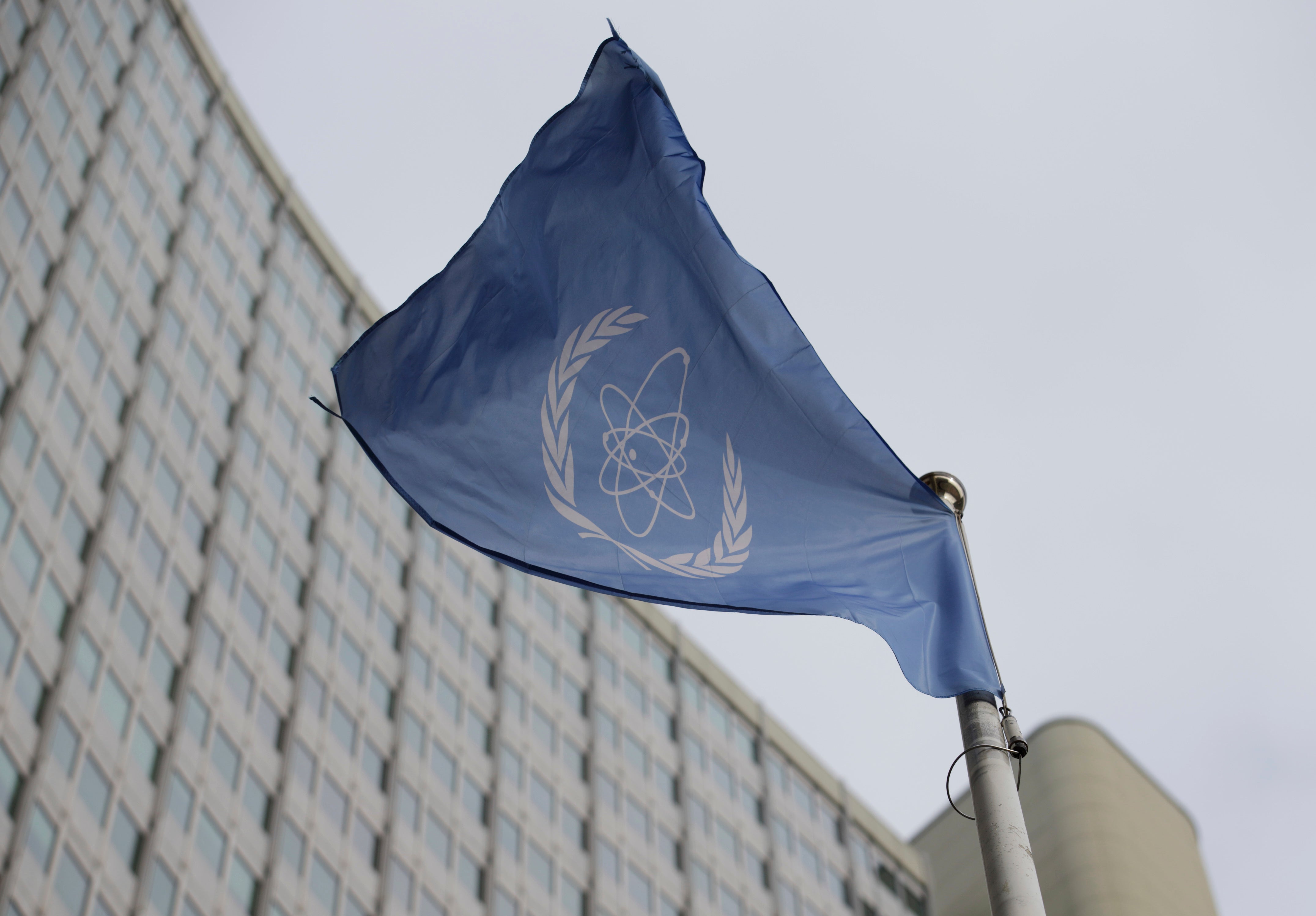Iran has further increased its stockpile of uranium enriched to near weapons-grade levels, UN says
The U.N. nuclear watchdog says that Iran has further increased its stockpile of uranium enriched to near weapons-grade levels in defiance of international demands

Iran has further increased its stockpile of uranium enriched to near weapons-grade levels in defiance of international demands, a confidential report by the United Nations’ nuclear watchdog said Thursday.
The report by the International Atomic Energy Agency said that as of Aug. 17, Iran has 164.7 kilograms (363.1 pounds) of uranium enriched up to 60 %. That's an increase of 22.6 kilograms (49.8 pounds) since the IAEA's last report in May.
Uranium enriched up to 60% purity is just a short, technical step away from weapons-grade levels of 90%.
The IAEA report, which was seen by The Associated Press, says Tehran has also not reconsidered its September 2023 decision to ban the most experienced nuclear inspectors from monitoring its nuclear program and that IAEA surveillance cameras remain disrupted.
The report further says that Iran has still not provided answers to the nuclear watchdog’s years-long investigation about the origin and current location of man-made uranium particles found at two locations that Tehran has failed to declare as potential nuclear sites. The locations are known as Varamin and Turquzabad.
The IAEA report comes just days after Iran’s supreme leader opened the door to renewed negotiations with the United States over his country’s rapidly advancing nuclear program, telling its civilian government there was “no harm” in engaging with the “enemy.”
Ayatollah Ali Khamenei’s remarks on Tuesday set clear red lines for any talks taking place under the new government of reformist President Masoud Pezeshkian and reiterated his warnings that Washington was not to be trusted.
The IAEA said that as of Aug. 17, Iran’s overall stockpile of enriched uranium stood at 5,751.8 kilograms (12,681 pounds).
The report acknowledged that before the June elections in Iran, the IAEA was told "that further engagement with the agency would be determined by the new government of Iran.”
The IAEA congratulated Pezeshkian on his election and offered to send the agency's chief to Tehran "to re-launch the dialogue and cooperation between the agency and Iran,” the report said.
But while the newly elected Iranian president confirmed “his agreement to meet” with the IAEA chief, no discussions on the subject have taken place since.
The IAEA report also said the agency verified on Aug. 26 that Tehran had completed the installing of eight cascades of IR-6 centrifuges at its underground plant at Fordo and the installation of 10 out of 18 planned cascades of IR-2m centrifuges at Natanz, where two more centrifuges are being installed.
Under the original 2015 nuclear deal with world powers, Iran was allowed to enrich uranium to 3.67% with a limited number of its first-generation centrifuges at Natanz only. The more advanced model of centrifuges enrich uranium at a much faster pace than the baseline IR-1 centrifuges.